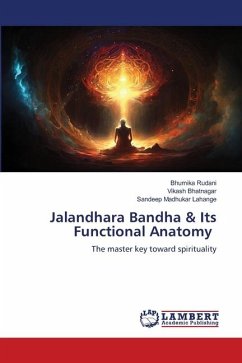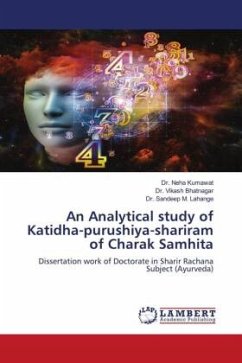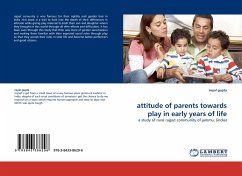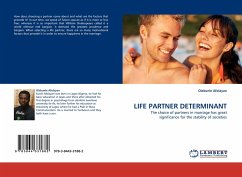Ancient Indian culture provided specific guidelines for various sectors of society to complete Purusarth Chatushtya and attain Moksha (Dissolution of Reincarnation) after death. Health was a crucial aspect of human society, and Ayurveda and Yoga prescribed various physical, psychological, mental, and social practices for all individuals, regardless of their social and mental status. According to Patanjali Ashtanga Yoga, the eight limbs include Yama (Mental and psychological practices), Niyam (Mental and psychological practices), Asana (Mental and physical practice), Pranayama, Bandha and Mudra (Body Positions), Pratyahara, Dharana, Dhyan, Samadhi. The ultimate goal of these exercises is to attain Moksha after completing Purusharth Chatushtya, allowing individuals to attain various abilities and powers. This study studies various neck structures, including muscles, arteries, veins, nerves, plexus, cervical vertebrae, cervical disc, and glands. Some of these exercises can be partially used for physical health gain and in certain diseases; Jalandharabandha is taken for the same purpose.
Bitte wählen Sie Ihr Anliegen aus.
Rechnungen
Retourenschein anfordern
Bestellstatus
Storno








